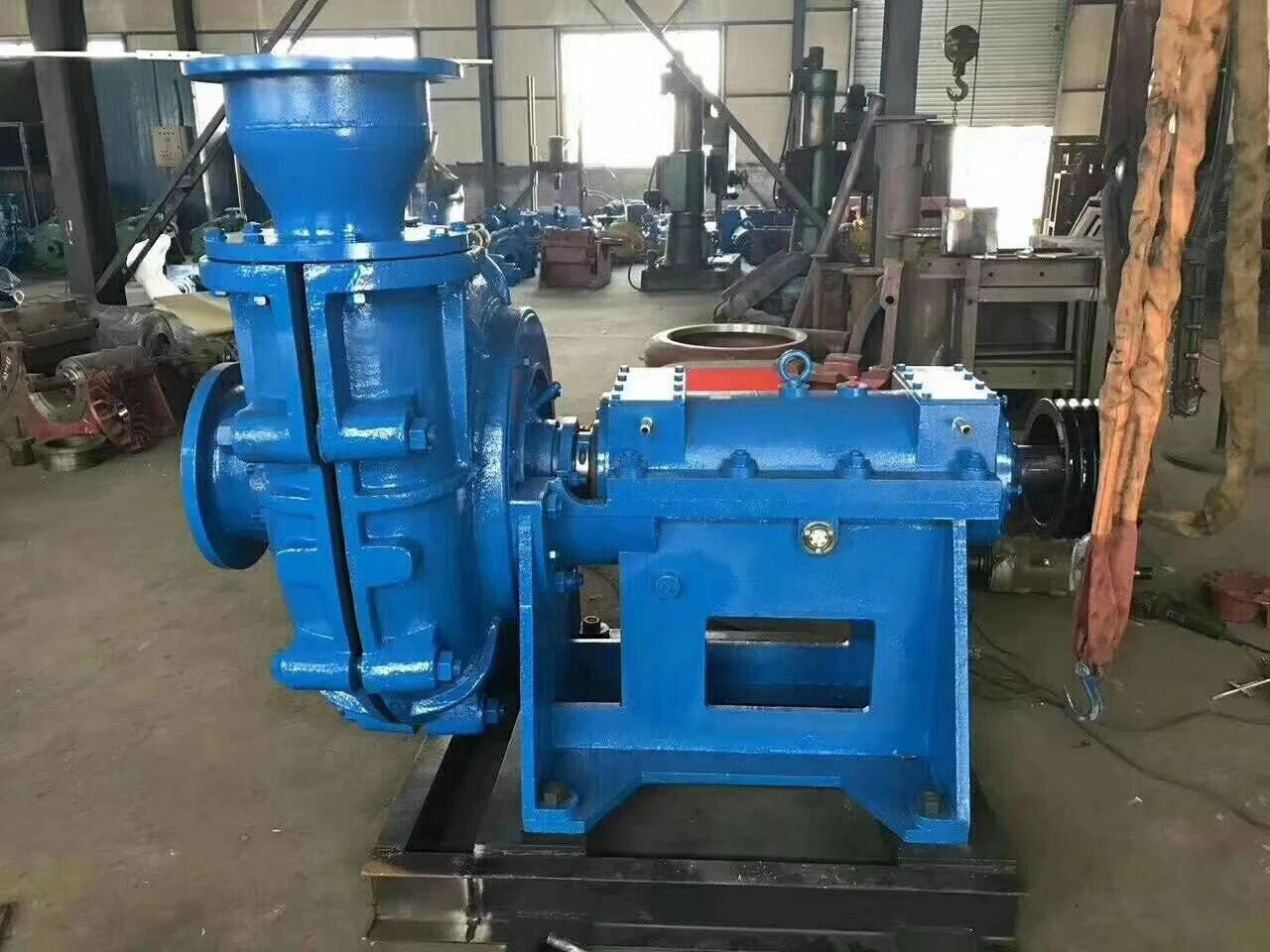English
- Afrikaans
- Albanian
- Amharic
- Arabic
- Armenian
- Azerbaijani
- Basque
- Belarusian
- Bengali
- Bosnian
- Bulgarian
- Catalan
- Cebuano
- Corsican
- Croatian
- Czech
- Danish
- Dutch
- English
- Esperanto
- Estonian
- Finnish
- French
- Frisian
- Galician
- Georgian
- German
- Greek
- Gujarati
- Haitian Creole
- hausa
- hawaiian
- Hebrew
- Hindi
- Miao
- Hungarian
- Icelandic
- igbo
- Indonesian
- irish
- Italian
- Japanese
- Javanese
- Kannada
- kazakh
- Khmer
- Rwandese
- Korean
- Kurdish
- Kyrgyz
- Lao
- Latin
- Latvian
- Lithuanian
- Luxembourgish
- Macedonian
- Malgashi
- Malay
- Malayalam
- Maltese
- Maori
- Marathi
- Mongolian
- Myanmar
- Nepali
- Norwegian
- Norwegian
- Occitan
- Pashto
- Persian
- Polish
- Portuguese
- Punjabi
- Romanian
- Russian
- Samoan
- Scottish Gaelic
- Serbian
- Sesotho
- Shona
- Sindhi
- Sinhala
- Slovak
- Slovenian
- Somali
- Spanish
- Sundanese
- Swahili
- Swedish
- Tagalog
- Tajik
- Tamil
- Tatar
- Telugu
- Thai
- Turkish
- Turkmen
- Ukrainian
- Urdu
- Uighur
- Uzbek
- Vietnamese
- Welsh
- Bantu
- Yiddish
- Yoruba
- Zulu
Telephone: +86 13120555503
Email: frank@cypump.com
Dec . 31, 2024 07:44 Back to list
mining slurry pumps
Understanding Mining Slurry Pumps An Essential Component in the Mining Industry
Mining operations rely heavily on various types of equipment to ensure efficiency, safety, and productivity. Among the crucial machines utilized in this sector are mining slurry pumps. These pumps are specifically designed to handle abrasive slurries that contain a mixture of solids and liquids, making them integral to the processes of mining, mineral processing, and other related industries.
What are Mining Slurry Pumps?
Mining slurry pumps are a type of centrifugal pump designed to transport a mixture of solid particles and liquids. The slurries typically consist of water and finely ground ore, waste material, or chemicals used in processing. The primary function of these pumps is to move the slurry from one point to another, whether that’s transporting ore to processing facilities or managing waste.
The efficiency of mining operations often depends on effective slurry handling. The thick, viscous nature of slurries poses challenges, as they can be highly abrasive and corrosive, requiring pumps that can withstand these conditions. Thus, slurry pumps are constructed from durable materials like high-chrome alloy or rubber linings to resist wear and tear.
Types of Mining Slurry Pumps
Mining slurry pumps can be categorized into two main types horizontal and vertical pumps.
1. Horizontal Slurry Pumps These pumps have a horizontal orientation and are typically used for applications that require the ability to handle large volumes and operate under high pressures. Their design facilitates easy maintenance, which is crucial in a mining environment where downtime can lead to significant losses.
2. Vertical Slurry Pumps Designed to submerge in the slurry and operate from below the surface, vertical pumps are ideal for applications with limitations on space or depth. They are often used in dewatering operations or where slurries need to be lifted from deep pits.
mining slurry pumps

Applications of Mining Slurry Pumps
Mining slurry pumps are employed in various applications throughout the mining sector. Some of their critical uses include
- Ore Transportation After ore is extracted, slurry pumps transport it to processing facilities where the valuable minerals are separated from the waste material. - Dewatering In many mining operations, excess water needs to be removed to maintain safety and operational efficiency. Slurry pumps are used to manage this water efficiently, particularly in open-pit mining.
- Tailings Management After minerals are extracted, the remaining waste material, known as tailings, must be handled carefully. Slurry pumps can convey tailings to tailings storage facilities or backfill systems.
Challenges and Considerations
While mining slurry pumps play a vital role in mining operations, they also face several challenges. Abrasive slurries can cause wear on pump components, leading to frequent maintenance or replacement. Minimizing downtime while ensuring reliable operation is a priority. Additionally, selecting the appropriate type and size of pump for specific applications is crucial to optimizing performance.
A key consideration when operating slurry pumps is the energy efficiency of the system. With rising energy costs, mining companies are increasingly seeking pumps that provide better energy efficiency without compromising performance. Innovations in pump design and materials are helping to address these needs.
Conclusion
In summary, mining slurry pumps are indispensable in the mining industry, playing a critical role in the extraction and processing of minerals. Their ability to handle complex slurries while maintaining operational efficiency is crucial for the success of mining operations. As the mining industry continues to evolve, so too will the technology behind slurry pumps, promising improvements in efficiency, durability, and sustainability for the future of mining. Understanding the capabilities and challenges of these pumps is essential for industry professionals striving to optimize their operations and enhance productivity.
-
ISG Series Vertical Pipeline Pump - Chi Yuan Pumps Co., LTD.|High Efficiency, Energy Saving, Low Noise
NewsJul.30,2025
-
ISG Series Vertical Pipeline Pump- Chi Yuan Pumps|High Efficiency&Low Noise
NewsJul.30,2025
-
ISG Series Vertical Pipeline Pump-Chi Yuan Pumps Co., LTD.|High Efficiency&Energy Conservation
NewsJul.30,2025
-
ISG Series Vertical Pipeline Pump - Chi Yuan Pumps Co., LTD.|Advanced Hydraulic Design&Energy-Efficient Solutions
NewsJul.30,2025
-
ISG Series Vertical Pipeline Pump - Chi Yuan Pumps Co., LTD.
NewsJul.30,2025
-
ISG Series Vertical Pipeline Pump - Chi Yuan Pumps Co., LTD.|energy-efficient fluid handling&industrial durability
NewsJul.30,2025










